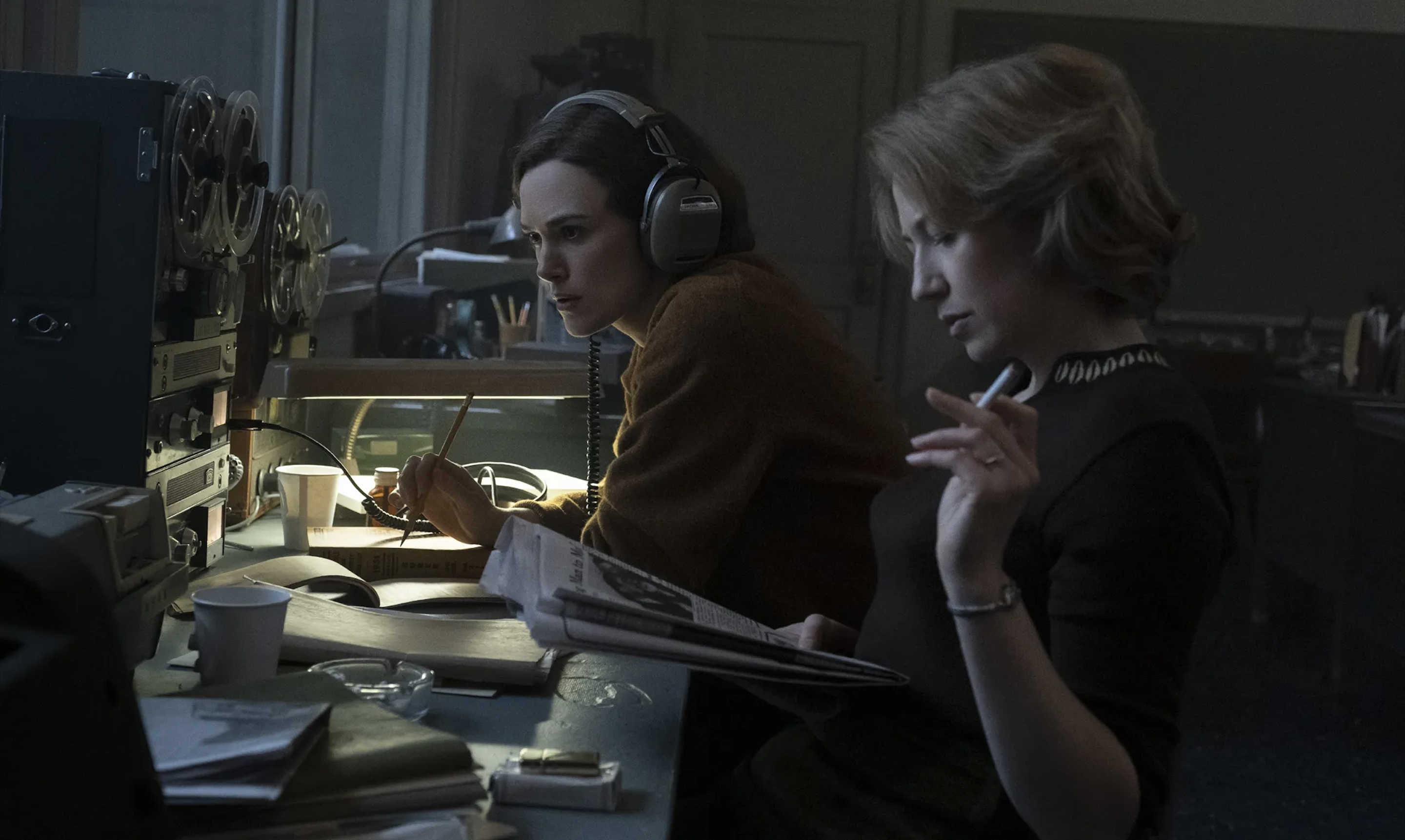Matt Ruskin | 1hr 52min

As journalists Loretta McLaughlin and Jean Cole chase down leads and uncover new pieces of evidence against the Boston Strangler, the more disturbingly apparent it becomes that this investigation alone will not bring true justice. While the list of suspects grows, so too does the list of men complicit in this repeated pattern of murdered women – though not all of them may even consider themselves guilty.
This total lack of accountability may be the most demoralising discovery of all in Boston Strangler. Multiple felons collude behind the scenes, seeking to capitalise on their crimes and escape conviction, while the police and media gloss over what they believe to be a string of unconnected murders. Incidentally, they are also providing the perfect cover for copycats looking to cover their own bloody tracks – a “convenient way out for everybody else” as Loretta notes. Matt Ruskin’s crime procedural takes several creative liberties in its true crime reconstruction, though it still poses a cutting criticism of those patriarchal institutions seeking to protect one half of society, while the other half lives in perpetual fear.
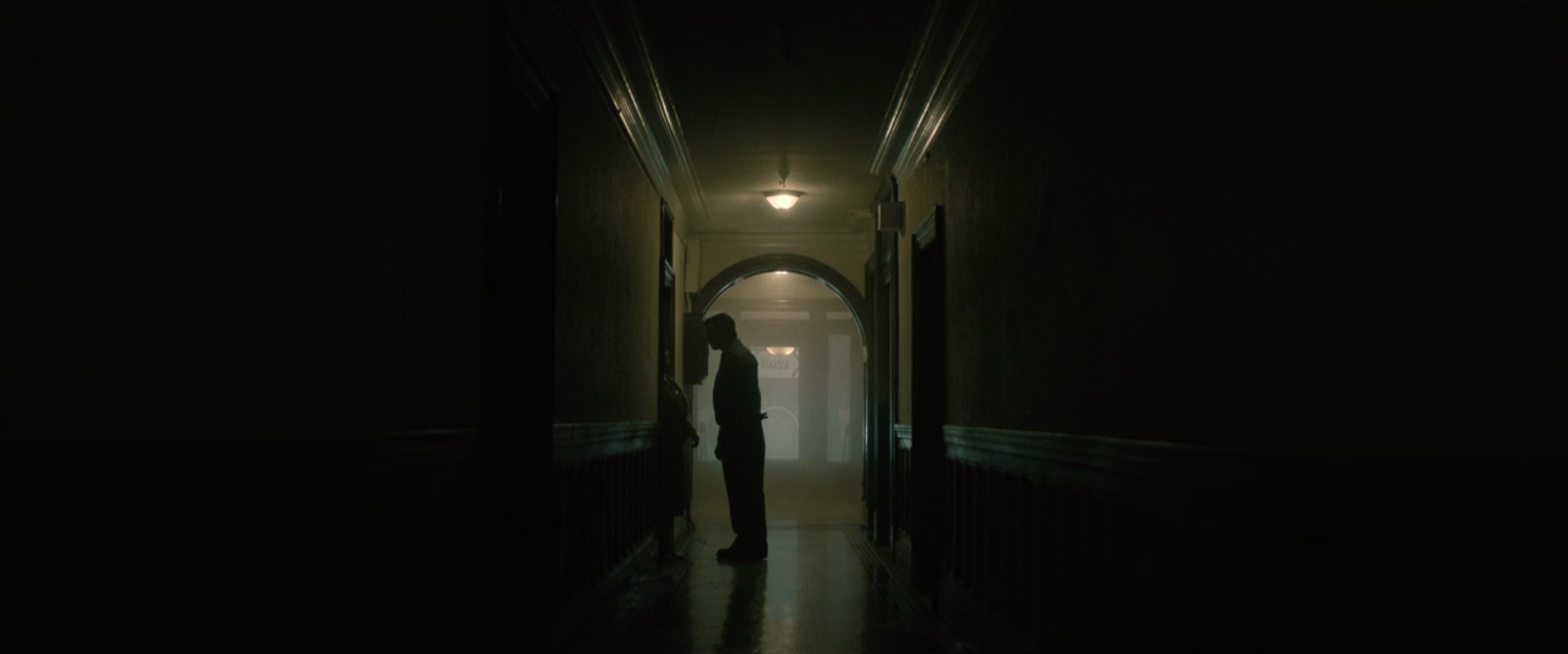
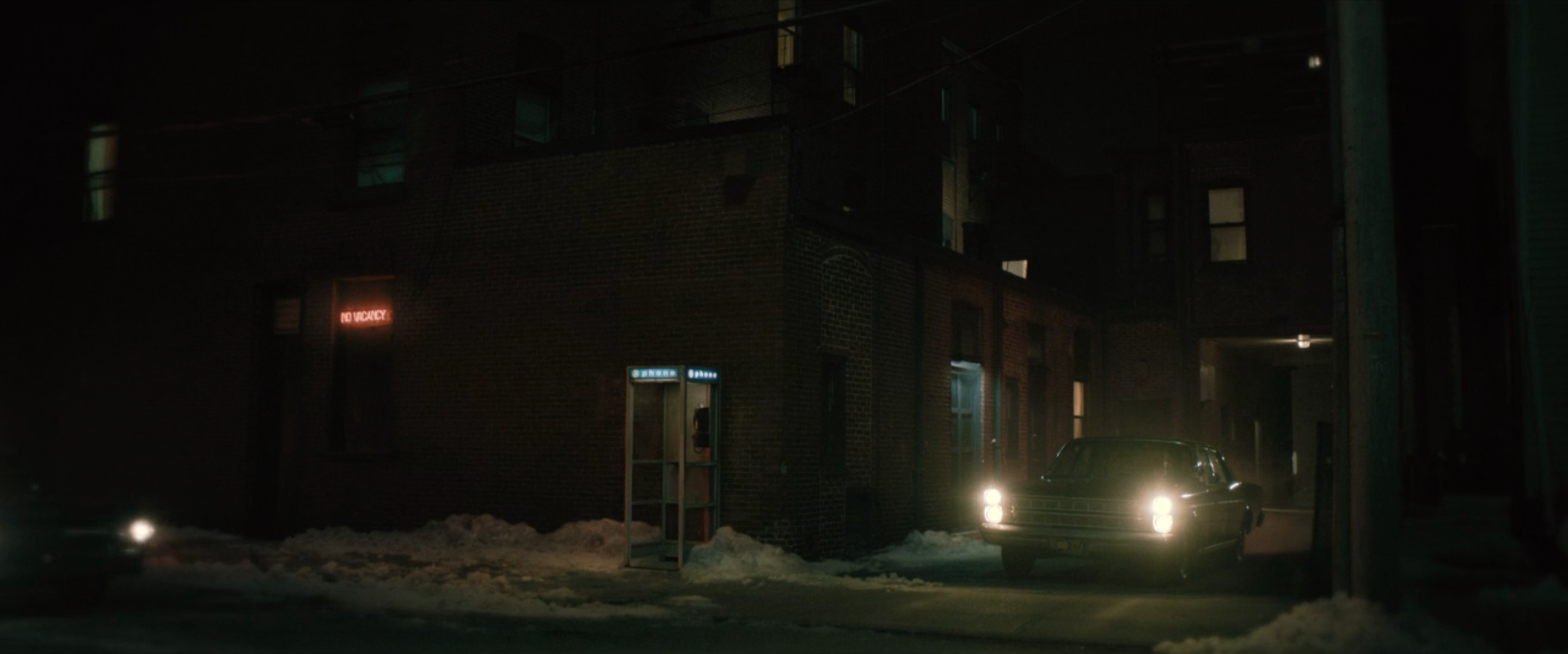
The Boston Strangler’s modus operandi is terrifyingly simple, disguising himself as a handyman, gaining easy access to the homes of older women, and murdering them in broad daylight. Stylistically speaking though, this doesn’t stop Ruskin from cloaking so much of his scenery in a David Fincher-like darkness, faintly lit by the dim lamps and fluorescent lights of empty newsrooms and dingy apartment buildings. The period-specific production design pairs beautifully with this murky ambience, transforming Ruskin’s vision of 1960s Massachusetts into an urban nightmare crawling with malice, and rooting us in a consistently strong aesthetic while the narrative occasionally falls back on far too familiar beats.
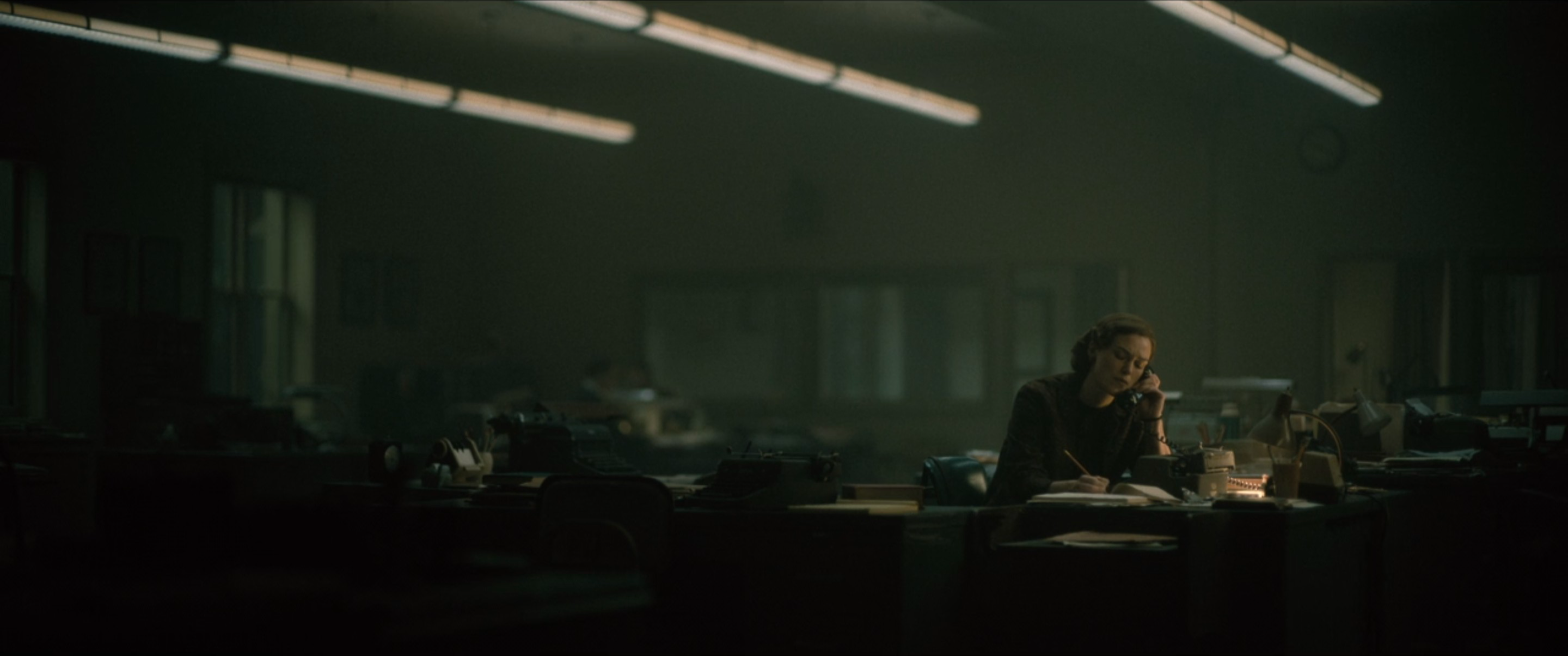

After all, it is not merely the visuals that Ruskin is borrowing from Fincher here, but Boston Strangler also wears its Zodiac influence a little too explicitly. As Keira Knightley’s tenacious reporter probes deeper into the brutal murders scattered around the city, she encounters strikingly similar threats of heavy breathing from an unknown caller, and an unsettling suspect inviting her into a shady backroom. It is rather through Ruskin’s manipulation of Hitchcockian devices that the suspense becomes palpable instead, leading into murder scenes with long takes and focusing the camera on extraneous details that visually detach us from the violence – a slow dolly forward on a blank wall for instance, or a dripping tap growing steadily louder with the sound of guttural chokes and screams.

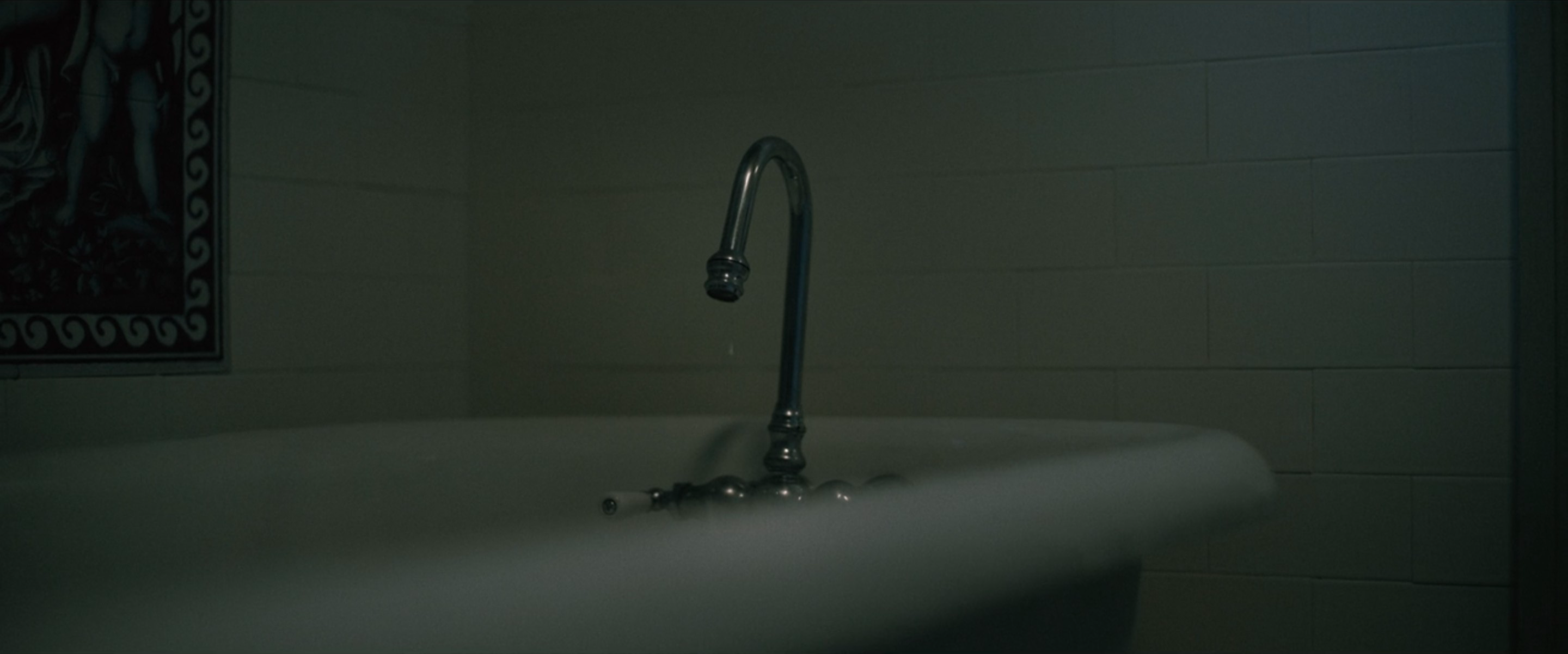
Even when we aren’t witnessing this serial killer’s perverse handiwork, we feel a tangible paranoia spreading across America’s northeast, though one that is experienced solely by women. The lack of urgency within the police department is no surprise given its masculine demographic, and even Loretta’s efforts to break free of writing lifestyle columns and report on the murders are met with pushback from her male superiors. As such, the mirror that Ruskin holds up between both sides of the law is incredibly damning. The ferociously discreet misogyny which kills women and the institutional sexism which forces them into subservience are in service of each other, even letting one suspect confess to everything with the promise of legal immunity and the added potential for a book deal. It is only through the alliance of journalists Loretta and Jean that we find any hope at all in Boston Strangler. Its villains may be repulsive creatures, but just as slippery is the ineffective justice that keeps escaping accountability, and which simply continues to feed humanity’s most rotten, corrupt vices.
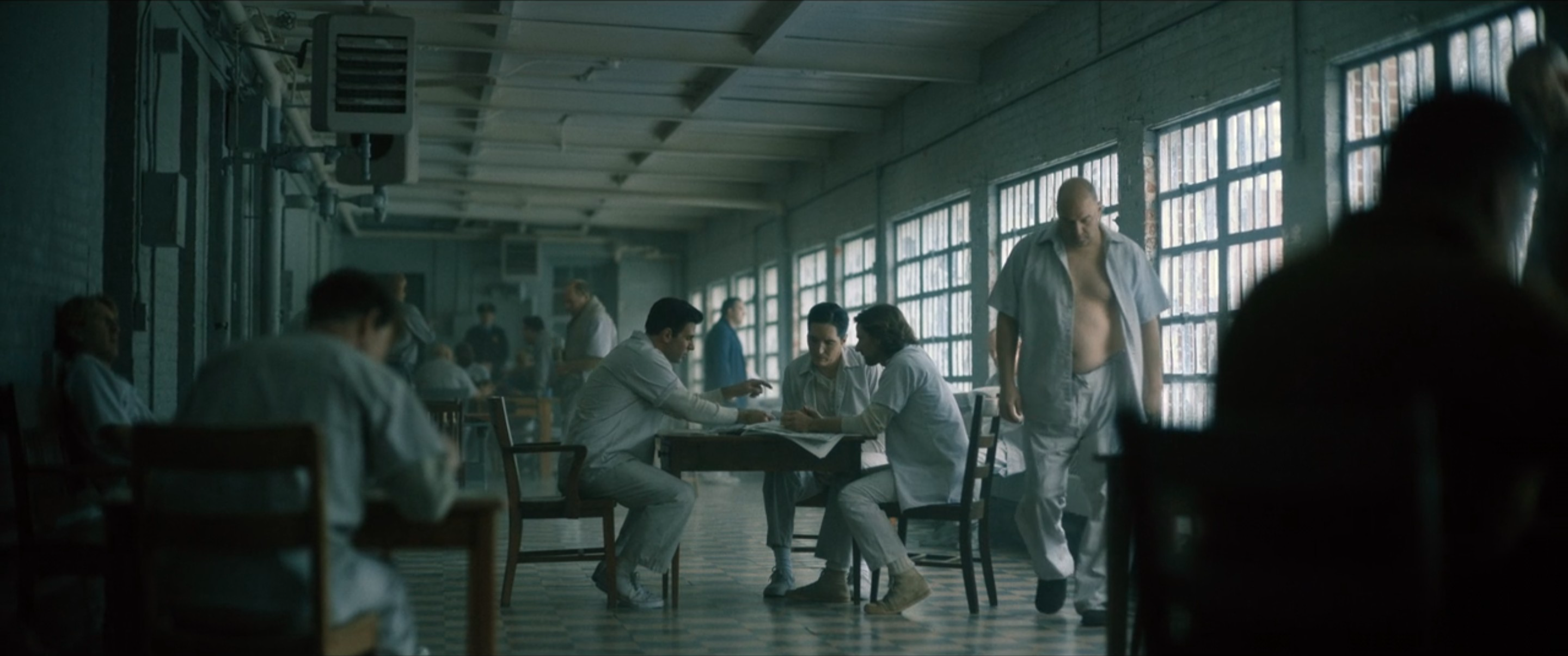

Boston Strangler is currently streaming on Disney+.

